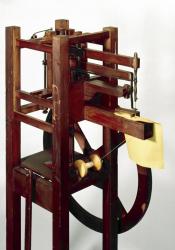The French Alps
The French Alps are the portions of the Alps mountain range (stretching across France, Switzerland, Italy, Monaco, Liechtenstein, Austria, Germany, and Slovenia) that stand within France, located in the Rhône-Alpes and Provence-Alpes-Côte d’Azur regions. The famous peak, Mont Blanc is located in the French Alps.
Coordinates
Latitude: 45.824637700000
Longitude: 6.973709900000
Longitude: 6.973709900000

